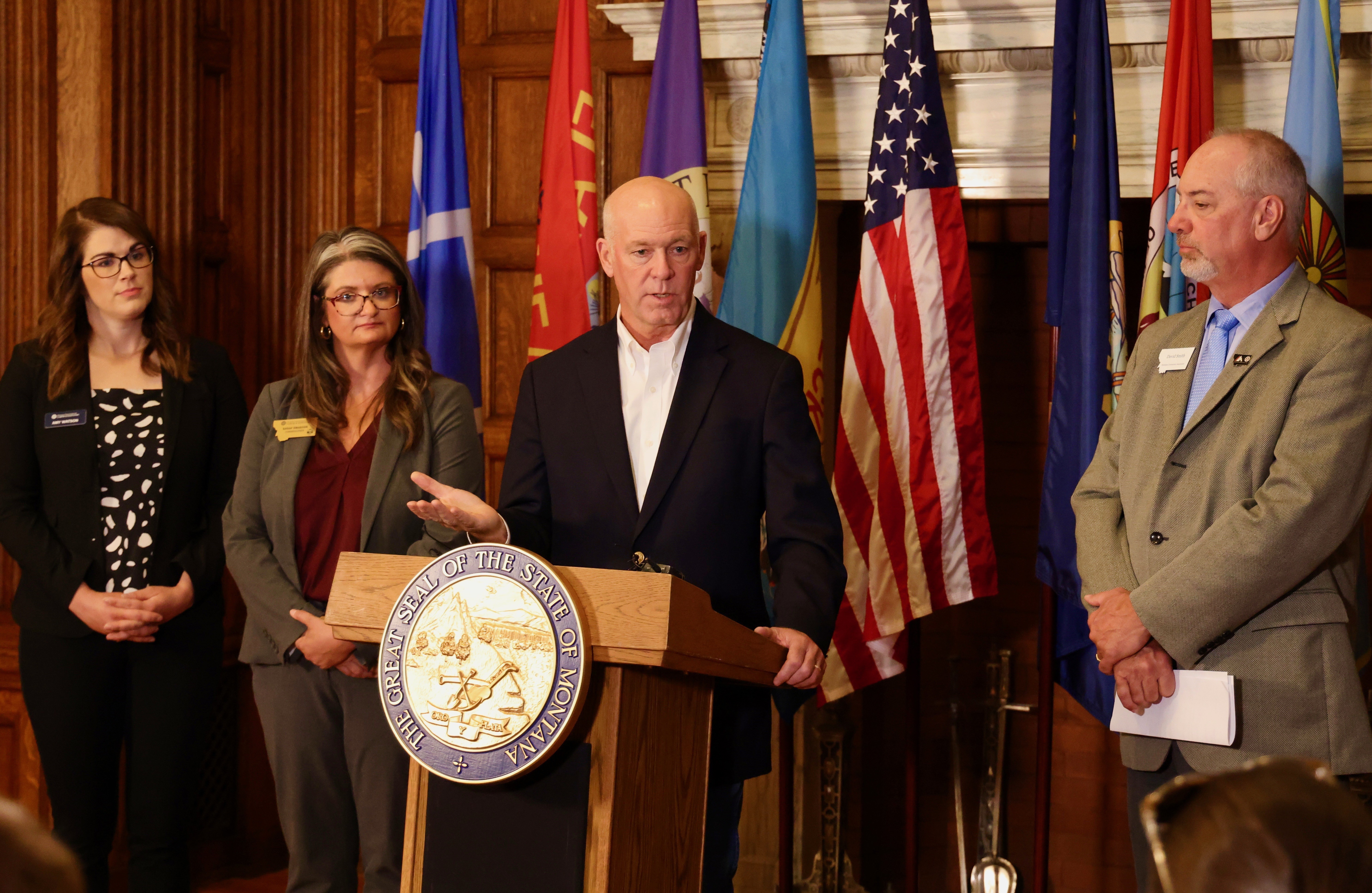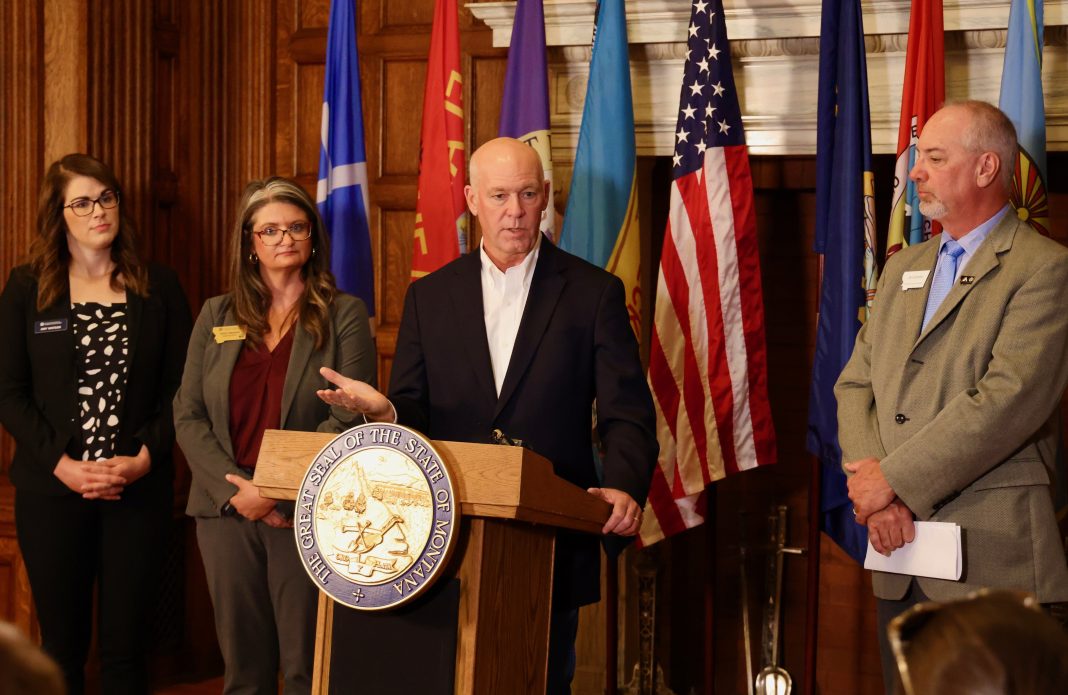
Job growth in the United States experienced a significant slowdown last month, recording the smallest increase since January 2021. According to the national employment report published by payroll data firm ADP, private companies hired just 99,000 workers in August, falling short of the market expectation of 145,000. This underperformance has raised concerns about the state of the job market and its impact on the overall economy.
Nela Richardson, ADP’s chief economist, highlighted the downward trend in hiring after a period of robust growth. She stated, “The job market’s downward drift brought us to slower-than-normal hiring after two years of outsized growth.” Richardson also emphasized the importance of monitoring wage growth, which has been stabilizing after a significant slowdown following the pandemic.
Despite the overall decline in job growth, certain sectors experienced actual job losses. The professional and business services sector saw a decline of 16,000 jobs, while manufacturing and information services lost 8,000 and 4,000 jobs, respectively. On the other hand, there were some positive signs, with education and health services adding 29,000 jobs, construction increasing by 27,000, and other services contributing 20,000. The “financial activities” sector also saw a gain of 18,000 jobs, and trade, transportation, and utilities grew by 14,000.
Examining the data by company size, companies employing fewer than 50 workers reported a loss of 9,000 jobs, while those with 50 to 499 employees saw an increase of 68,000 jobs. This discrepancy suggests that smaller businesses may be facing greater challenges in maintaining employment levels.
In terms of wages, the ADP reported a rise in August, although the pace of growth continued to slow compared to earlier gains. Annual pay increased by 4.8 percent for those who remained in their jobs, which is relatively consistent with July’s level.
The mixed picture painted by the September 5 report could influence the Federal Reserve’s decision on interest rate cuts. Fed Chair Jerome Powell has indicated the central bank’s intention to cut its benchmark interest rate from the current 5.25-5.50 percentage range, the highest levels since 2001, at its upcoming policy meeting on September 17-18. Atlanta Federal Reserve President Raphael Bostic further emphasized the need for a change in interest rates, expressing concerns about the potential harm to employment if the current rate is maintained for too long. Bostic argued that waiting for inflation to fall all the way to 2 percent before making a change would risk significant disruptions in the labor market and unnecessary suffering.
Overall, the recent job growth data suggests a slowdown in the US job market, with several sectors experiencing job losses. While some industries, such as education and health services, construction, and financial activities, have shown positive growth, the decline in hiring raises concerns about the overall economic outlook. The potential for accelerated interest rate cuts by the Federal Reserve reflects the need for proactive measures to address the challenges faced by the job market and prevent further negative impacts on employment.


